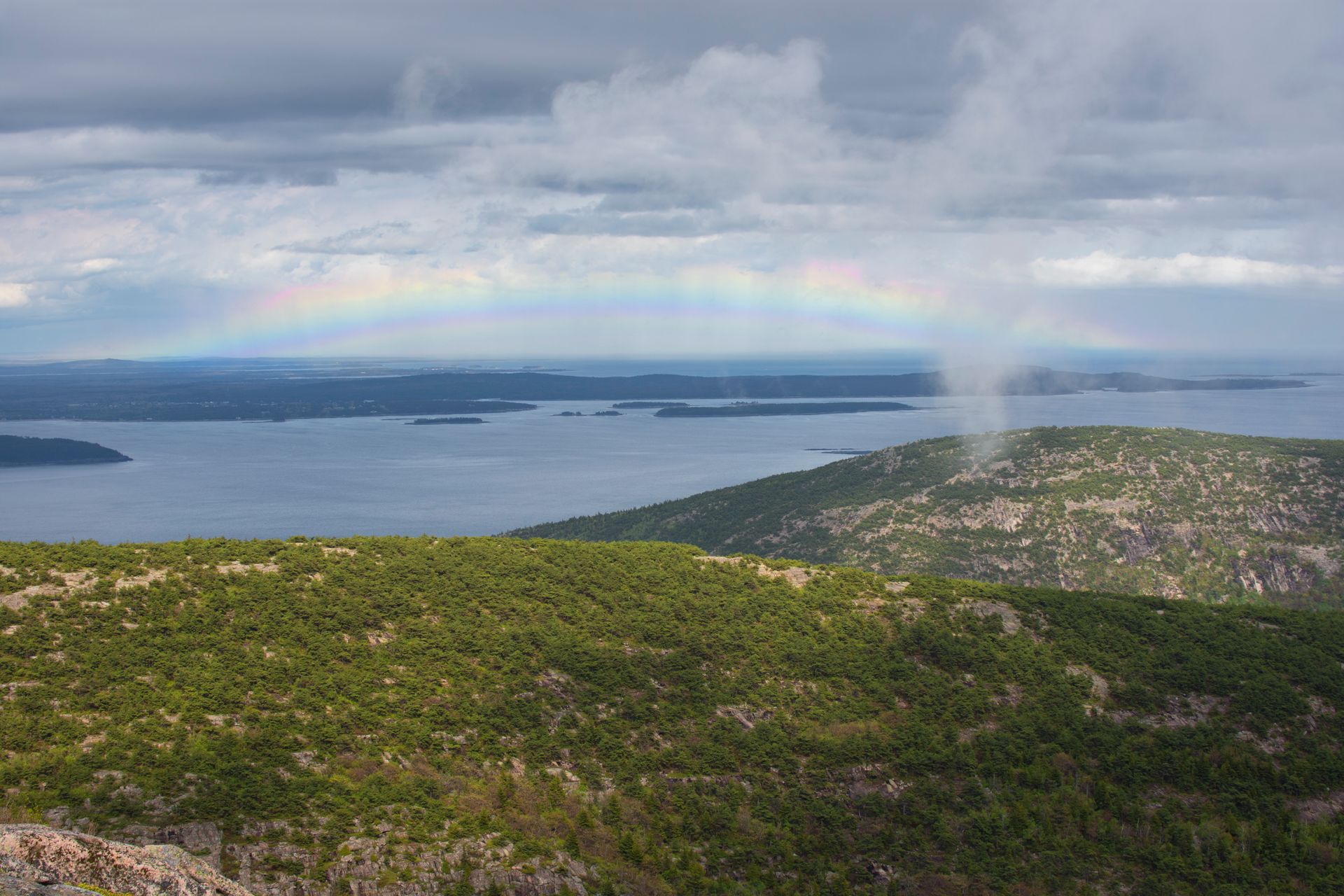"For no greater value can be won from mountain slopes and rushing rivers than through the utilization of natural scenery in the development of citizens."
National Parks in the East
Have you ever wondered why there are so few national parks in the East, particularly the North East? If we look at a map of national parks (not including island national parks) only 10 out of 60 can be found east of the Mississippi. In fact, there is very little federal land at all east of the Rockies.
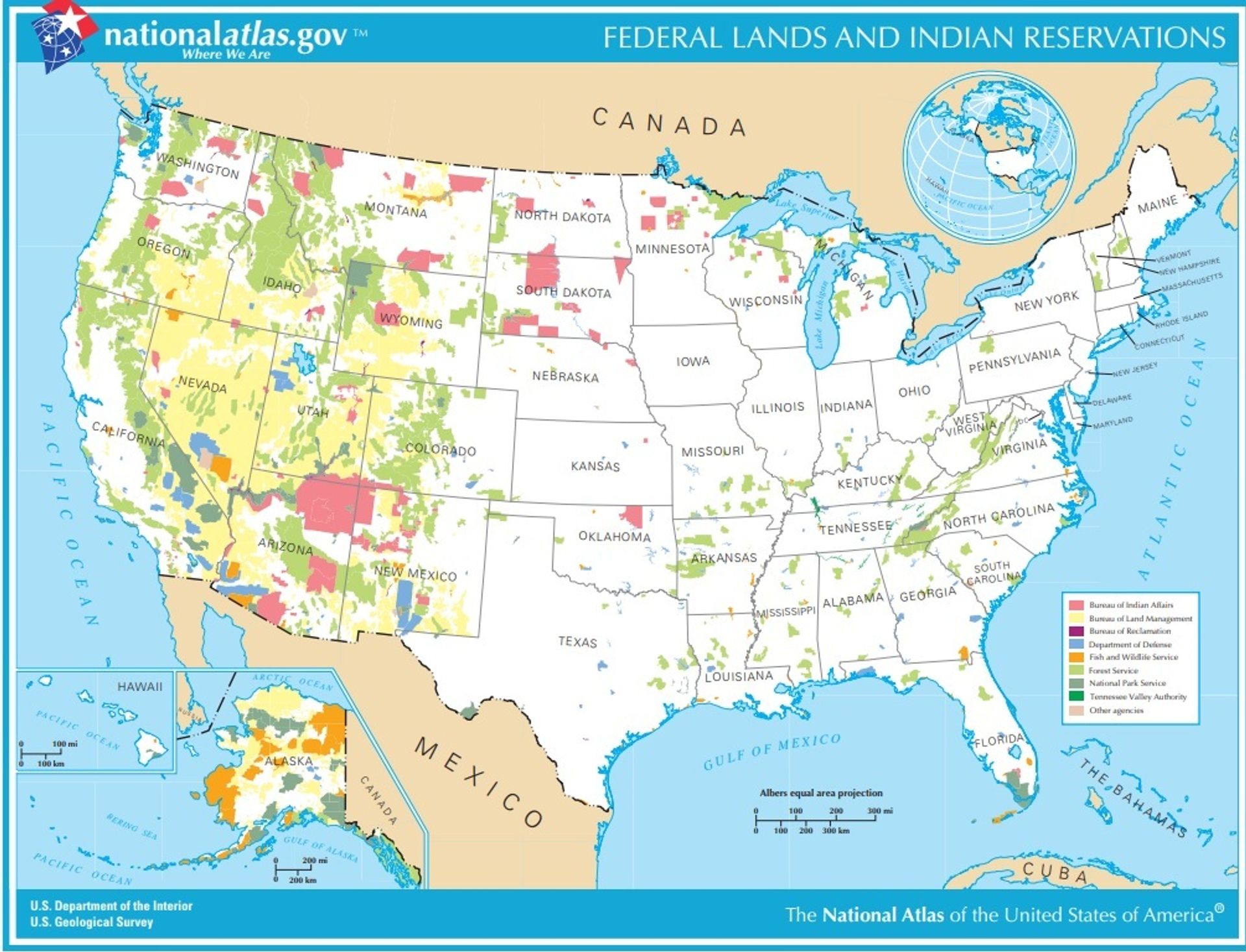
The answer may seem obvious - the west is far more grand in terms of natural wonders than the east - but grandeur isn't a requirement of national parks, at least it isn't anymore. Before the 1930's nearly every park was created to protect "awesome scenery", many of which were simply mountain-top parks. This was all the young conservation movement could win, Congress found little economic value on the tops and slopes of mountains, and few could argue against protecting the integrity and beauty of the land.
In 1928, the Tropic Everglades Park Association launched a campaign to transform the Everglades in Florida into a national park. Dr. Willard Van Name, a curator the the American Museum of natural history argued against the idea of forming national parks based solely on the standpoint of grandeur, saying "National Parks have other important purposes besides preserving especially remarkable natural scenery". Frederick Olmstead Jr., an investigator for the National Parks Association was sent to the Everglades to defend such arguments, he reported that besides the landscape the scenery of the Everglades an emotional experience, the "sheer beauty of the great flocks of birds, . . . the thousands upon thousands of ibis and heron flocking in at sunset was a sight no less arresting, no less memorable than the impressions derived from the great mountain and canon parks of the West."
What came to follow was a long and difficult fight to win the rights to protect swampy lands of southern Florida. There was public outward dissent of the area, William Hornaday said "I found mighty little that was of special interest, and absolutely nothing that was picturesque or beautiful, both then and now,. . . a swamp is a swamp." Nevertheless, Congress was made to believe in the importance of preserving the land, and passed a bill in 1934 defending that national parks can act as wilderness preserves as well as protecting scenery. Ernest Coe stated "it [the Everglades] has no mountains, its highest elevation being less than eight feet above sea level" rather, the "spirit is primarily the preservation of the primitive."
Thus, in 1947 the Everglades were adopted into the national parks system. Everglades national park states that "although the captivation of the Everglades has mostly stemmed from its unique ecosystem, an alluring human story of the Everglades is deeply interwoven with its endless marshes, dense mangroves, towering palms, alligator holes, and tropical fauna."
With the East largely settled long before the formation of the National Parks Association, much of land was either privately owned or managed by the state, there was no room for federal land. The Everglades was an example of just how difficult it was to form a national park in the East - where land is fertile, full of useful minerals and metals, and packed people.
Above is just one of many reasons why there are so few national parks in the Northeast, notably, the reason is not a lack of "awesome scenery". Acadia National Park is proof of the beauty that can be found in nature east of the Mississippi.
Acadia National Park
Maine is a state of natural contradictions. The state holds one of the wildest areas in the country as well as possibly the most pampered national parks in the system. Baxter State Park and the 100 Mile Wilderness rival the remoteness of any western park, while Acadia National Park is more of a resort than wilderness.

The relative ease is the reason why Acadia is a park that I would suggest to anyone. It is possibly the most accessible national park in the system, there are roads to everything (even the top of the highest point in the park), beaches, short trails, and even a beautiful little town full of restaurants very close by. It is a park designed for everyone to enjoy, and I have to say, they do so while maintaining the natural beauty of the island.
While there are no backcountry trails, backcountry campsites, or primitive camping anywhere on the island, I found immense pleasure exploring the park with nothing more than a day pack and water bottle. I had convinced myself that I could only enjoy nature if I selfishly had it to myself, but I found joy in others enjoying the landscape, and there was no denying the sheer magnificence of Desert Island (home of Acadia) and the Atlantic Coast.
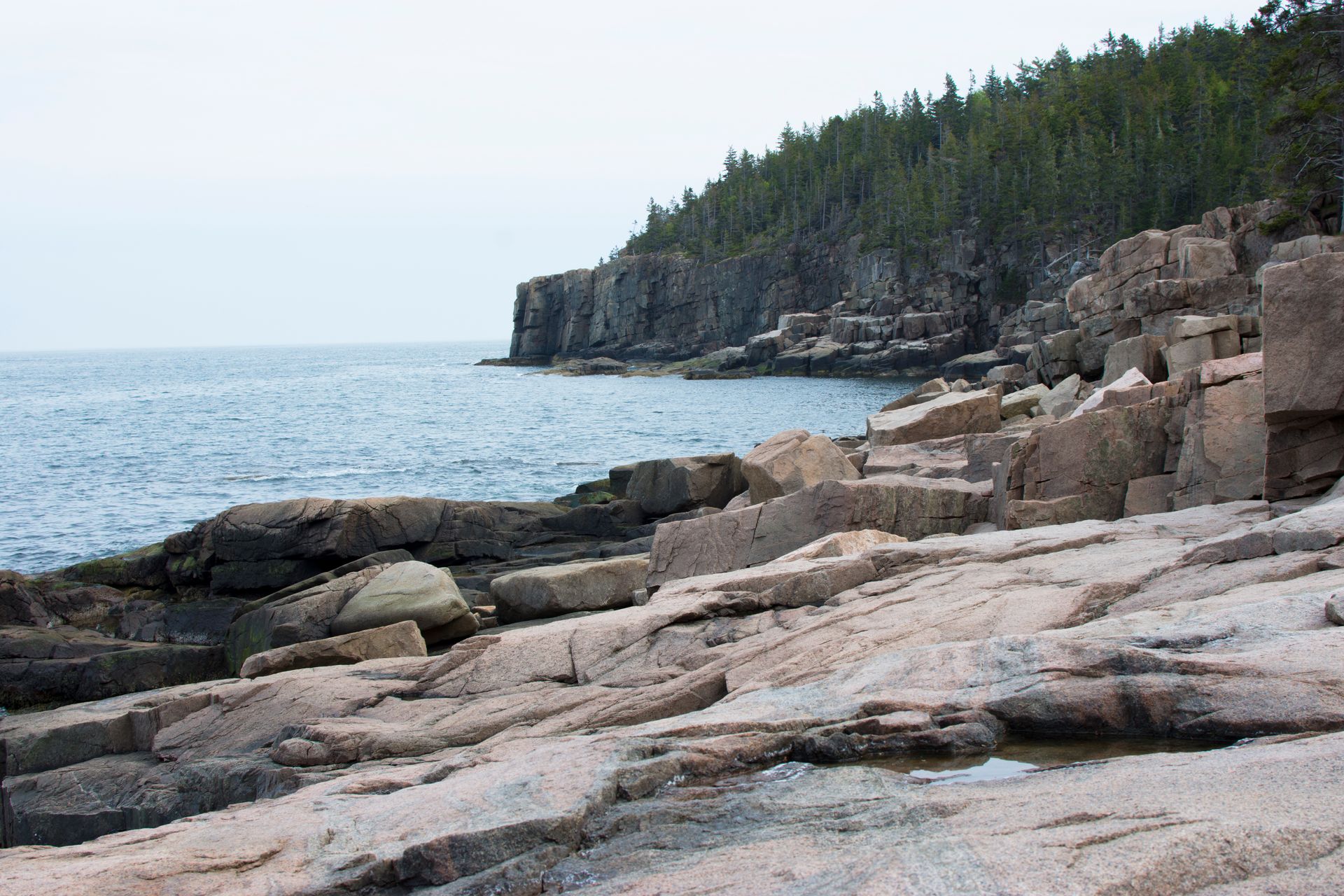
The Beehive Trail
With no hikes longer than 8 miles on the entire island, I was a bit lost at where to start. Normally, we would choose the longest hikes and stay overnight in the backcountry. Instead, I chose the trail with the most interesting name.
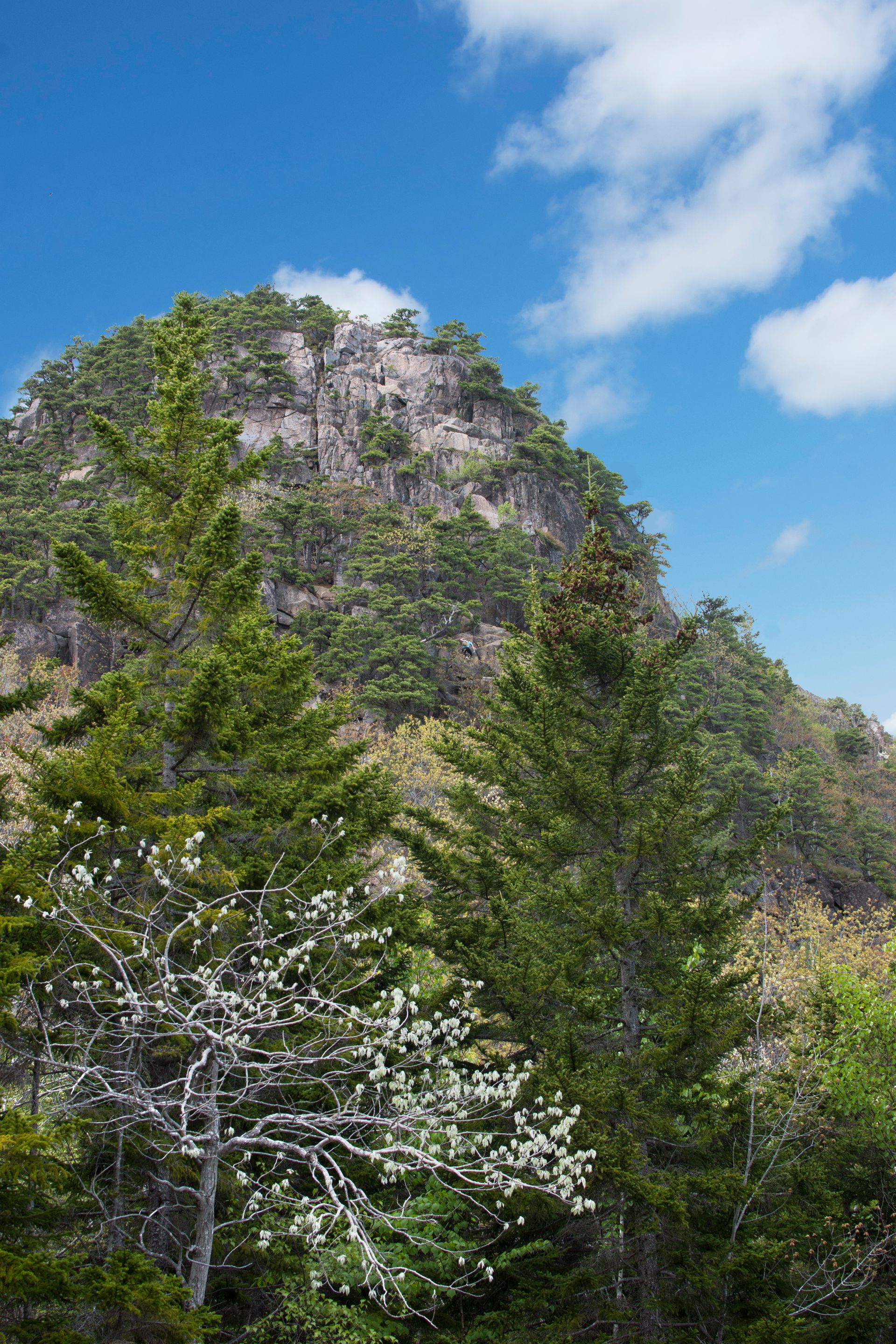
The Beehive Trail was a 1.3-mile hike to the top of a 500-foot mountain on the island. I was impressed at the elevation gain in such a short distance, you literally scale the mountain using metal bars drilled into the rock.

I saw people of all ages ascending the side of the cliff - it was an immensely fun time with a rewarding view of the surrounding seaside at the top. In fact, I would probably rate The Beehive to be the best under 3-mile hike I have ever done.
Cadillac Mountain
The highest point in the park stands at 1,530 feet, impressive considering that the coast is nearly at its foot. There are a few paths up to Cadillac, including the famous motorway. Naturally, I recommend hiking to the top via either the north or south ridge trails. The reward is so much more after working for it, and this is a reward you will want to see. Additionally, the 7.4 (round trip) mile trail is one of the longest in the park and is an easy 1,000-foot elevation gain over 3.5 miles to the top of Cadillac Mountain.
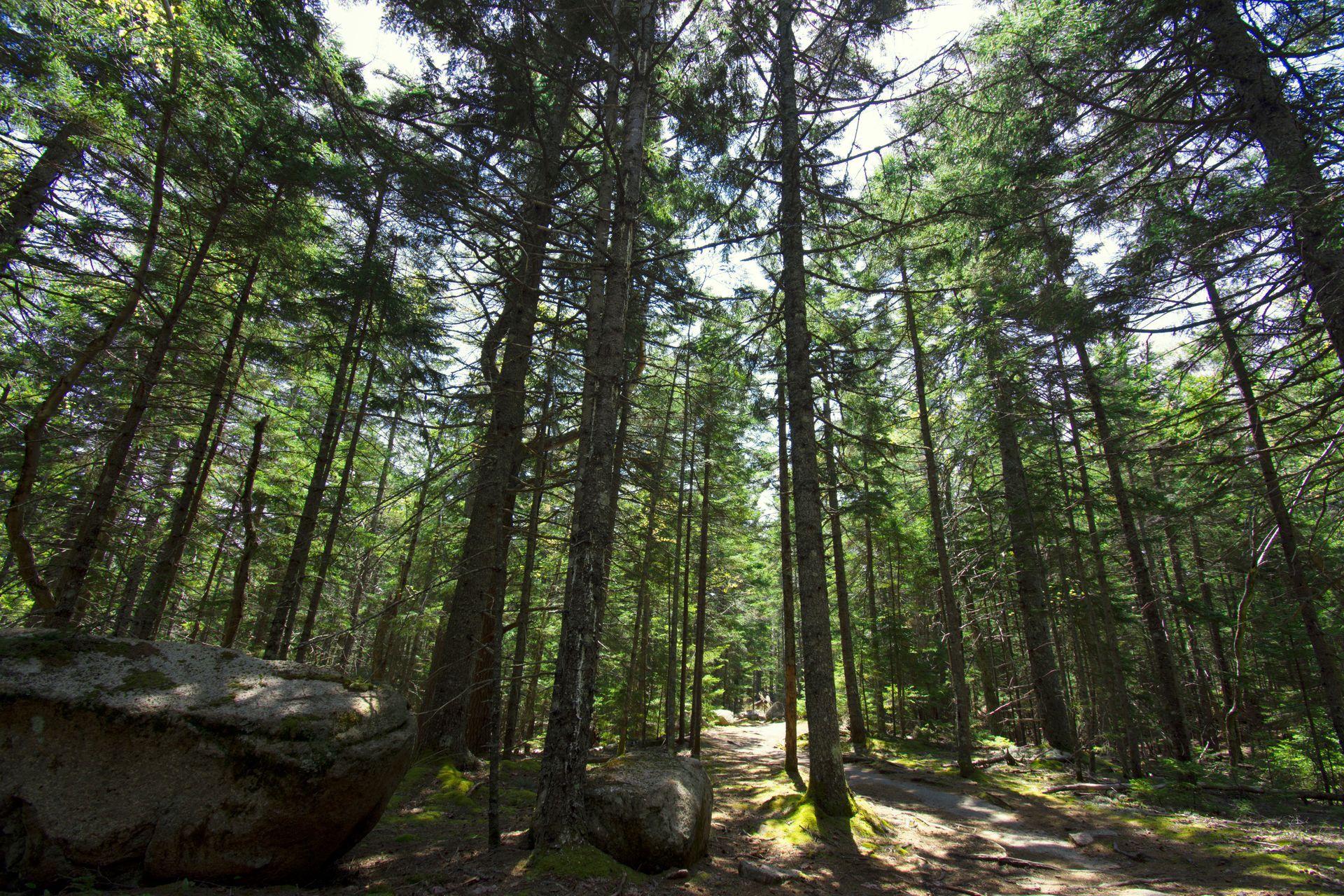
The trail starts familiarly in the heart of a forest. A warning sign at the beginning of the trailhead reminds you that it is 'wilderness' but it was honestly one of the most relaxing day hikes I have ever walked. The views were fantastic as soon as you made it above the trees.
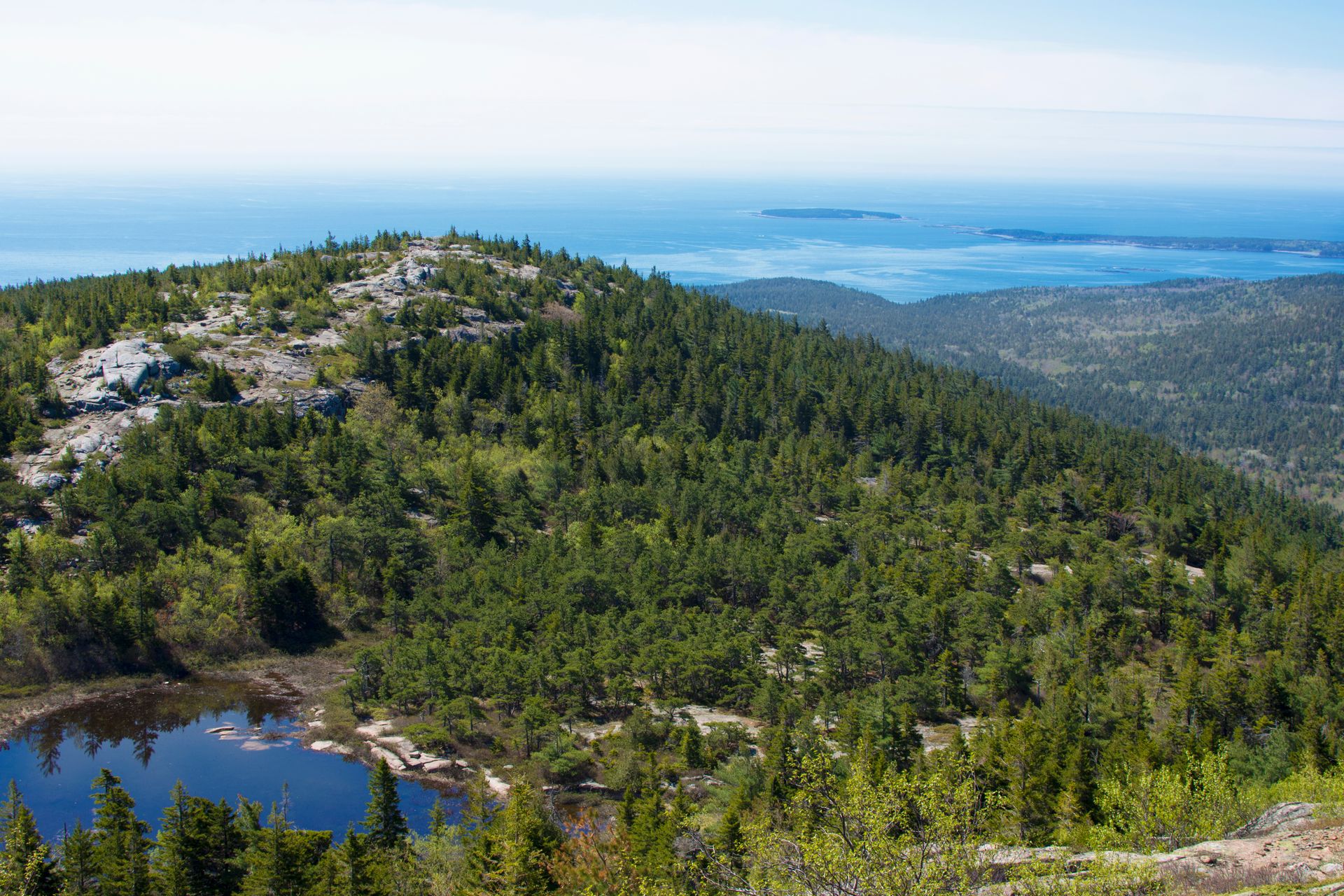
Finally, at the top of Cadillac, you are met with hundreds of other people taking pictures of the beautiful surrounding vista. A hot parking lot and a little gift shop at the top are reminders of your hard work. Like Mt. Washington, I wasn't upset, actually, I was glad people could enjoy such a view with minimum damage to the integrity of the land. I figure that if it wasn't a national park the entire area would be covered in hotels and resorts.

My hiking partner, Subin, and I decided to finish the hike and walk back down to the base of the mountain. As soon as we finished our 3.5 miles, the sky opened up and it started to rain. Sensing a big storm was coming, we quickly drove back up to the summit of Cadillac (taking 15 minutes instead of 5 hours) and witnessed an amazing ocean powered thunderstorm. While it wasn't in the middle of the wilderness, the wind and lightning were vicious and it proved that nature can strike anywhere. Once the rain died down, a perfect rainbow stretching across the bay appeared.
If Acadia was anything, it was proof that the East Coast has natural beauties to share, just as the West does. That natural beauty exists in a hidden way along the bays and inlets and the coast of New England.
